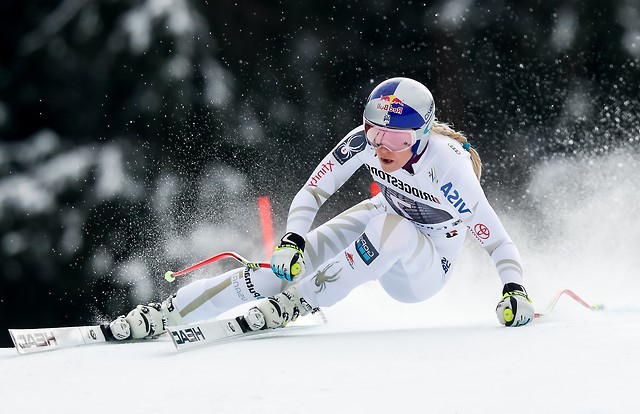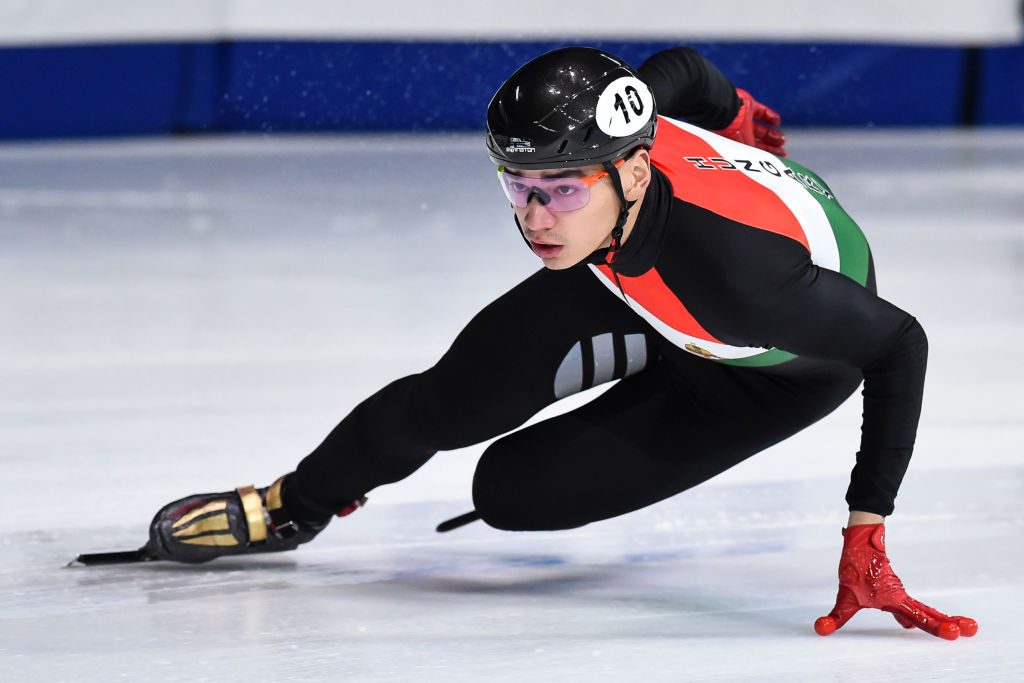Yesterday was intended to generate familiarity of the equipment and of essential basic movement patterns. Today was about building functional skills.
We began with the “bullfighter turn” using the poles to get the skis pointing downhill. From there we accelerated and skated out to one side to a stop. Next we did complete skated turns – turning downhill first and then completing the turn to a stop. Finally we linked turns together.
Just like we rolled one foot onto its inside edge when snowploughing yesterday we did the same with the “pushing/skating” leg to get purchase. Everyone did a good job of making skating turns with incremental steps. The purpose of this exercise is to lead into the subject of “Dynamics”.
Dynamics
Formal ski instruction is based upon “balance” – where you are supposed to balance a “centrifugal” (outward) force throwing you out of a circular trajectory. All instructors are brainwashed into this understanding and examined in the subject. This is a monumental error! Centrifugal force is a “fictional force” https://en.wikipedia.org/wiki/Fictitious_force (It serves computational purposes only)
Skiing is about disequilibrium – dynamics – accelerations (either change of direction or change of speed).
Summing up what this means to a skier:
The skier only has one job – to “fall over” laterally – when sliding forward.
The ski only has one job – to undercut the skier’s trajectory and so lift the skier back up.
When skating, people naturally engage the correct dynamics – but to ski parallel they need to be aware of this.
Instead of “transferring weight” to the new turning ski and consequently moving the centre of mass outwards over the ski – and trying to balance – the skier has to push the centre of mass into the new turn – falling into the turn – and this automatically engages the skating (outside) ski and maintains pressure on that ski.
Basic Dynamics
- Skis must be travelling forward – like a bicycle
- This is mainly about using the outside leg (start of new turn) to push the centre of mass into the centre of the new turn – for the whole duration of the turn
- There is no “balance” when skiing – dynamics is the physics of disequilibrium
- You are looking for stability from organised accelerations (ski technology!)
- Notice in the photos below the outside leg is essentially straight in a skating action (flexion for absorption and other purposes is at the hip joint – Skating related photos added below)
- The centre of mass goes down toward the snow – and to complete the turn it comes back up – like a motorbike in a turn
- There is no “Centrifugal Force” acting on the skier – only a deflection inward away from a straight line. This deflection is used to lift the skier up at the end of the turn.
- Remain square to the skis (follow the skis around the turn with your body) until you are really comfortable with movement of the centre of mass and clearly aware of moving it.




